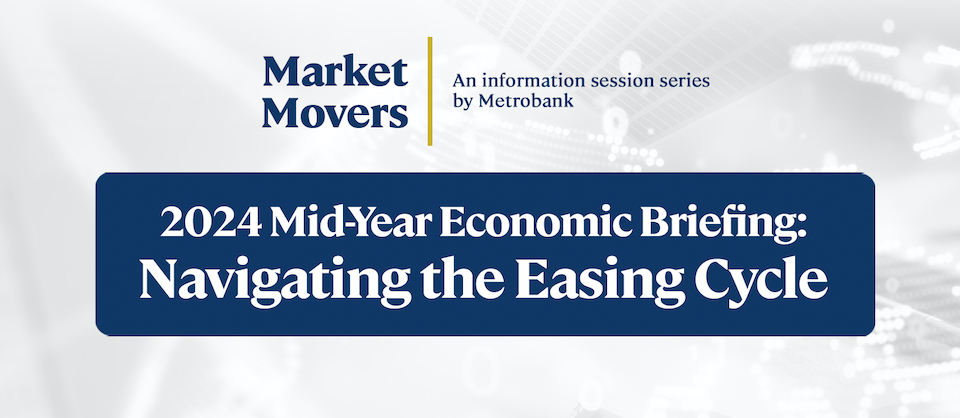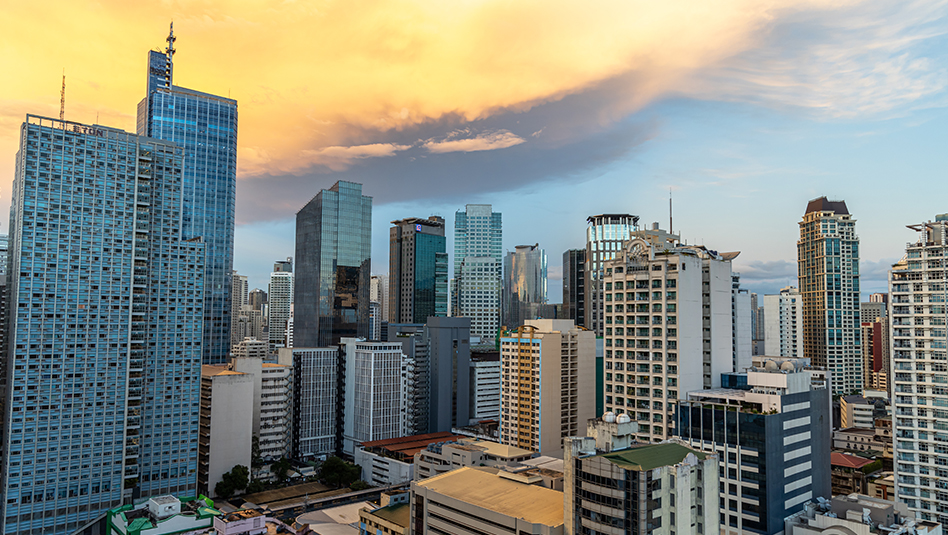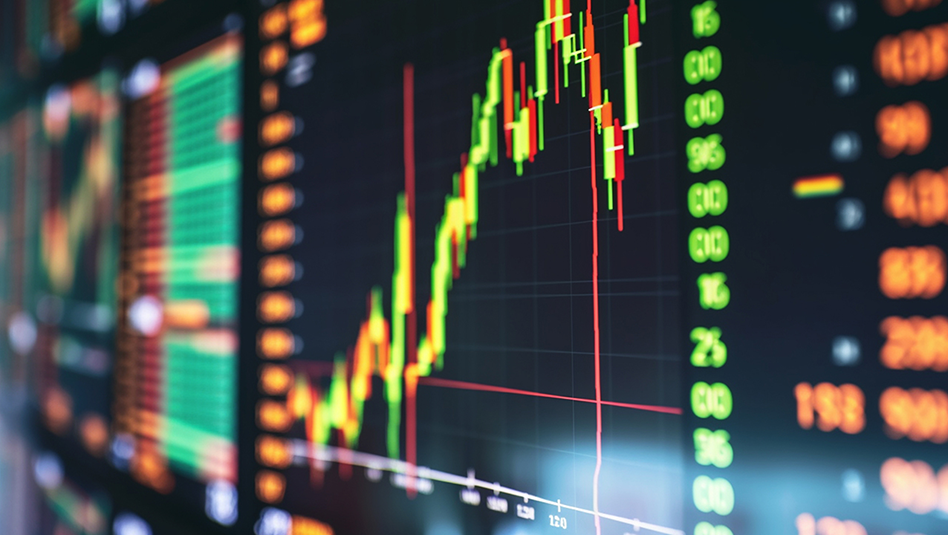Learn more about stagflation and discover the tools that can help you prevent it by reading this article today.
 FEATURED INSIGHTS
FEATURED INSIGHTSWhat is stagflation?
Inflation is one of the key macroeconomic indicators we keep an eye on in making our portfolio decisions. It is the increase in the general prices of goods and services in an economy. Deflation is the opposite. It describes a general decline in prices for goods and services.
Rarely do we hear about stagflation – a painful mix of stagnating growth and rising prices. Put simply, stagflation is a phenomenon where there is slow economic growth and, at the same time, rising inflation or prices.
Economists have not given it much attention since the 1970s when the Arab oil embargo caused a prolonged period of economic hardship, while inflation surged to double-digit rates. Sounds familiar? Well, these are quite the same reasons why stagflation is becoming the talk of the town recently.
What could trigger stagflation?
Almost two and a half years into this global pandemic, COVID-19 related lockdowns and the Russia-Ukraine war have led us to this path. Inflation rates have soared beyond expectations, while economic growth forecasts are rapidly deteriorating.
The consensus now is for global economic growth to average at 3.3% in 2022 versus the 4.1% that was expected in January. In economic terms, everything will cost more, people will find it hard to get a job, and those who have a job will not get paid more.

US Gross Domestic Product (GDP) vs. US Headline Consumer Price Index (CPI): We see significantly high inflation with stagnant economic growth in the US.
Similar trends can be seen playing out in many countries. The US, for instance, could face the greatest risk of dramatic inflation and wage price spirals. Inflation accelerated to 8.6% in May 2022, while the economy contracted unexpectedly in the first quarter. Although wages are no longer indexed to inflation as in the 1970s, the historical tight labor market in the US increases the risk of inflation. Thus, it seems that high inflation is only likely to be seen as in the 1970s if wage-price spirals develop.
Can our monetary tools prevent stagflation?
While today’s jump in commodity prices mirror those in the 1970s, many economists expect inflation to pull back next year. By then, households can cushion the blow of the higher energy costs using their accumulated savings. Governments around the world, on the other hand, can subsidize fuel and energy costs.
Ultimately, bracing for stagflation presents a challenge to our well known monetary tools. Raising rates may help reduce inflation, but increased borrowing costs could further depress growth. Keeping monetary policies relaxed, meanwhile, could push prices higher. It may not be exactly like the 1970s, but it feels like stagflation.







 DOWNLOAD
DOWNLOAD






 By Geraldine Wambangco
By Geraldine Wambangco